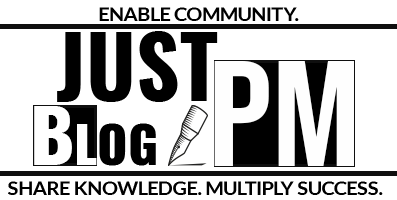Administering procurements ensures that once a contract is awarded to a seller, it is managed effectively until its completion. This involves managing the procurement relationship, monitoring contract performance, and making necessary changes or corrections to the contract.
Key Activities:
- Managing Procurement Relationships: Ensuring that the relationship between the buyer and seller is maintained professionally and legally.
- Monitoring Contract Performance: Checking if the seller is meeting the terms and conditions of the contract.
- Making Contract Changes: Adjusting the contract as necessary based on performance and other factors.
Processes Involved:
- Direct and Manage Project Execution: Authorizing the seller’s outputs at appropriate times.
- Report Performance: Ensuring the seller’s performance aligns with the project’s requirements.
- Perform Quality Control: Checking if the seller’s product meets project standards.
- Perform Integrated Change Control: Managing changes to ensure they don’t disrupt the project.
- Monitor & Control Risks: Addressing any risk changes and implementing mitigation measures.
Inputs:
- Contract Document: The main agreement between the buyer and seller.
- Project Management Plan: The overarching plan for the project.
- Procurement Documents: Detailing the original commitments and requirements.
- Performance Reports: Both from the seller and about the work performed.
- Approved Change Requests: Any changes that have been officially approved.
Outputs:
- Document Updates: Changes to procurement documents, organizational process assets, payment schedules, seller evaluations, and more.
- Payment Tracking: Managing payment requests and actual payments made.
- Change Requests: Proposals to modify certain aspects of the project or contract.
- Project Management Plan Updates: Adjustments to the project’s main guiding document.
Tools & Techniques:
- Inspections and Audits: To evaluate the seller’s performance.
- Performance Reviews: Formal evaluations of the seller’s adherence to the contract.
- Payments and Claims Administration: Managing payments and addressing any claims or disputes.
- Record Management System: A system to manage and store all related documents and records.
In essence, the administer procurements process ensures that the contract is executed as agreed upon, with the buyer and seller fulfilling their respective roles. It’s critical to ensure


